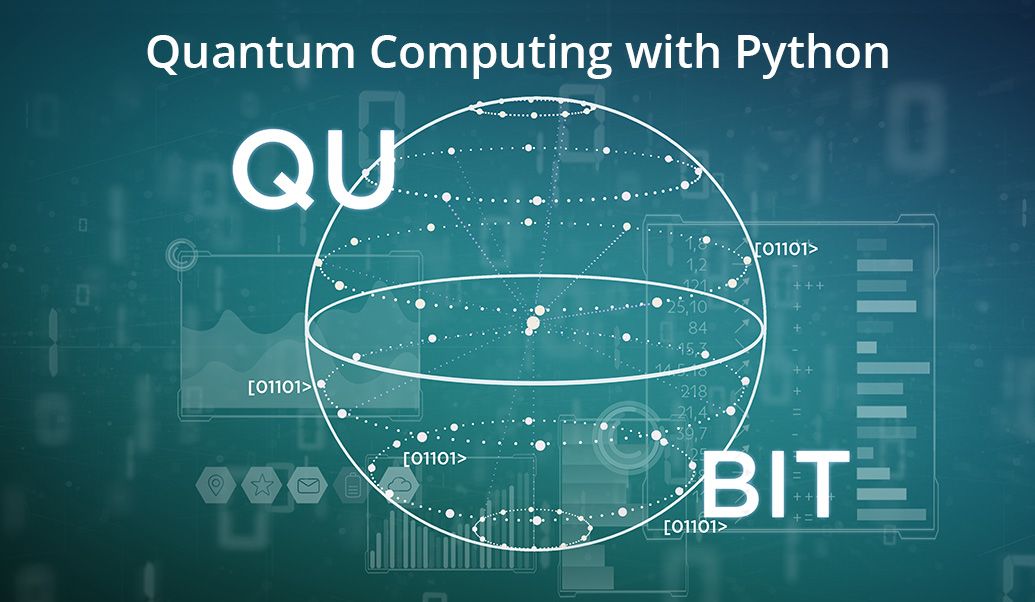Introduction
Quantum computing, a revolutionary paradigm in computation, stands on the precipice of transforming our approach to solving complex problems. Unlike classical computers that use bits to represent either 0 or 1, quantum computers leverage qubits, allowing them to exist in multiple states simultaneously through the principles of superposition and entanglement. This not only enables the handling of vast amounts of information but also opens the door to solving problems considered practically insurmountable for classical computers.
Basics of Quantum Computing
Quantum computing stands apart from classical computing due to the unique properties of quantum bits or qubits.
- Classical vs Quantum Bits (Qubits) :
At the heart of quantum computing lies the contrast between classical bits and qubits. While classical bits are binary and can only exist in one of two states (0 or 1), qubits exist in a superposition of these states, meaning they can be in a combination of 0 and 1 simultaneously. This superposition property opens up a world of possibilities for quantum computation. These distinctive features set the stage for the quantum computing revolution.
- Quantum Gates :
To harness the power of qubits, quantum gates are used to manipulate their states. We’ll introduce you to basic quantum gates such as the Hadamard gate and the CNOT gate, explaining how they can be employed to perform operations on qubits. Understanding how quantum gates work is crucial as they form the building blocks for constructing quantum algorithms and circuits. We’ll also dive into the mathematics behind quantum gates and how they affect the quantum states of qubits. With a solid grasp of these fundamental concepts, you’ll be well-prepared to start exploring quantum computing with Python.
Quantum Circuits :
Quantum circuits serve as the backbone of quantum algorithms, allowing us to harness the unique properties of quantum bits (qubits) to perform complex computations. Unlike classical bits, qubits can exist in multiple states simultaneously due to the principles of superposition and entanglement. In the realm of quantum circuits, basic quantum gates, such as the Hadamard gate and the controlled-NOT (CNOT) gate, play a pivotal role.
Understanding quantum circuits involves grasping the foundational elements of quantum operations. Quantum circuits are akin to the classical circuits used in traditional computing but with the added complexity of quantum phenomena. They are constructed using various quantum gates that apply specific operations to qubits. Representing quantum algorithms through these circuits becomes essential for developing and implementing quantum solutions.
Quantum Algorithms :
Quantum algorithms form the core of quantum computing, enabling the harnessing of quantum mechanical properties to perform computations that would be infeasible for classical computers. Unlike classical algorithms, quantum algorithms take advantage of phenomena such as superposition and entanglement to process information in parallel, offering the potential for exponential speedup in certain applications. Notable examples include Shor’s algorithm, renowned for its ability to efficiently factor large numbers, posing a significant threat to classical encryption methods. Another influential algorithm is Grover’s, which facilitates the rapid search of unsorted databases, demonstrating a quadratic speedup compared to classical algorithms. Understanding and implementing these algorithms require a grasp of quantum gates, circuits, and the unique principles governing quantum computation.
Quantum Cloud Services :
Quantum Cloud Services represent a pivotal shift in the accessibility of quantum computing resources. As quantum computers are complex and resource-intensive machines, many organisations and individuals turn to cloud-based solutions to harness the power of quantum computing without the need for owning and maintaining physical quantum processors. Quantum cloud services offer users the ability to access quantum computers remotely, utilising the computational power and potential speedup that quantum algorithms provide. This paradigm shift has democratised access to quantum computing, enabling researchers, developers, and businesses to experiment with and implement quantum algorithms without the substantial investment in infrastructure. Notable platforms like IBM Quantum Experience and Microsoft Azure Quantum provide APIs and tools that allow users to run quantum programs and experiments directly through Python, making the integration of quantum computing into existing workflows more seamless.
If you’re intrigued by the potential of Quantum Computing, Python stands out as a particularly compelling option. Its versatility, extensive library support, and user-friendly syntax make it an ideal choice for both beginners and seasoned professionals. The good news is that there are reputable Python training institutes which provide Python course in Kolkata, Alwar, Delhi, Mumbai etc. tailored to various skill levels. Enrolling in one of these courses can provide you with a structured learning path, hands-on experience, and valuable insights into how Python can be harnessed for Quantum Computing.
Applications of Quantum Computing :
Applications of quantum computing span a wide array of fields, showcasing its transformative potential. One notable application lies in cryptography, where quantum algorithms, such as Shor’s algorithm, threaten current encryption methods, urging the development of quantum-resistant cryptographic techniques. Quantum computing also excels in optimization problems, offering unparalleled speed in solving complex scenarios encountered in logistics, finance, and supply chain management. In drug discovery and material science, quantum computers exhibit promise by efficiently simulating molecular interactions, leading to the rapid identification of novel drugs and materials. Additionally, machine learning stands to benefit as quantum algorithms, like quantum support vector machines, show promise in solving certain problems exponentially faster than classical counterparts.
Challenges and Future Outlooks :
Quantum bits (qubits) are sensitive to environmental interference, causing errors. Researchers are working on quantum error correction, but practical and scalable solutions are challenging.
Additionally, the development of fault-tolerant quantum computers, capable of handling complex computations reliably, is an ongoing challenge. Quantum computers’ practicality depends on extending quantum coherence time for a variety of applications.
The shortage of experts in both quantum mechanics and computer science hinders the widespread use of quantum computing. Bridging this knowledge gap is crucial for the successful integration of quantum technologies into mainstream industries.
Looking ahead, the future of quantum computing holds immense promise.
Researchers are investigating new qubit materials and algorithms that may outperform classical ones. Quantum cloud services are evolving to make quantum resources more accessible to a wider community for exploration.
Conclusions :
In conclusion, quantum computing with Python opens the door to a fascinating realm of possibilities. As we’ve explored the basics, implemented algorithms, and delved into the challenges, it’s evident that quantum computing holds immense potential.











